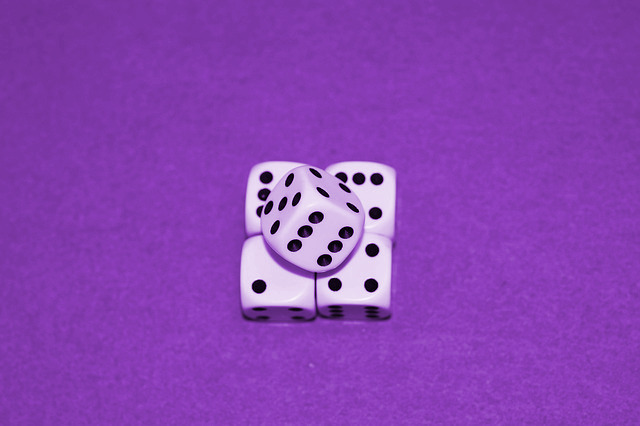Smart Bluffing in Poker: Turning Weak Hands into Winning Plays
A fascinating aspect of poker is bluffing. The way you play your cards is more important than the cards themselves. Poker is a game of skill and chance since a well-planned bluff can transform a bad hand into a huge win. Here, we will explain when to bluff, how to decipher your opponents’ moves, and the reasons why bluffing brings an element of amusement that players love.
Bluffing Mastery
 Because poker is played with insufficient information, bluffing works. Since your opponents can’t see your cards, you have more leeway to tell a tale with your betting patterns. You can fool people into thinking you have the upper hand when in fact you don’t with a good bluff.
Because poker is played with insufficient information, bluffing works. Since your opponents can’t see your cards, you have more leeway to tell a tale with your betting patterns. You can fool people into thinking you have the upper hand when in fact you don’t with a good bluff.
The fundamentals of a successful bluff:
- Certainty in your approach to betting
- Timing is the art of predicting when your opponents will fold.
- Believability in your play is achieved through consistency.
Analyzing Rivals
Bluffing isn’t merely about the actions you take; it’s also about how you watch other people. Keep an eye out for players that show signs of weakness, such as being hesitant, betting defensively, or giving up too easily when confronted with aggression.
How to Avoid Bluffing
Bluffing excessively is a typical error. Overdoing it will be noticed by more experienced players very soon. Bluff strategically, selectively, and unexpectedly; use it as an ingredient, not the main course
End Notes
When it is done properly, bluffing is not a joke at all; it is a tremendous tool. You can still win without even a good hand if you learn to play slowly, smart and with the thrill of the game. You play with your cards sometimes, but it is yet more important how well you draw them.

